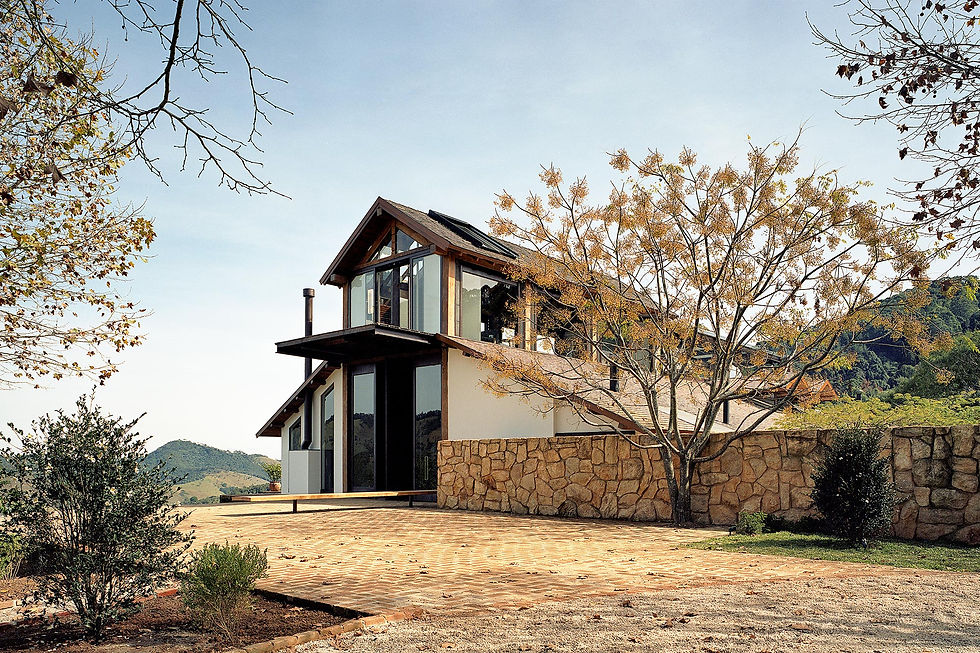

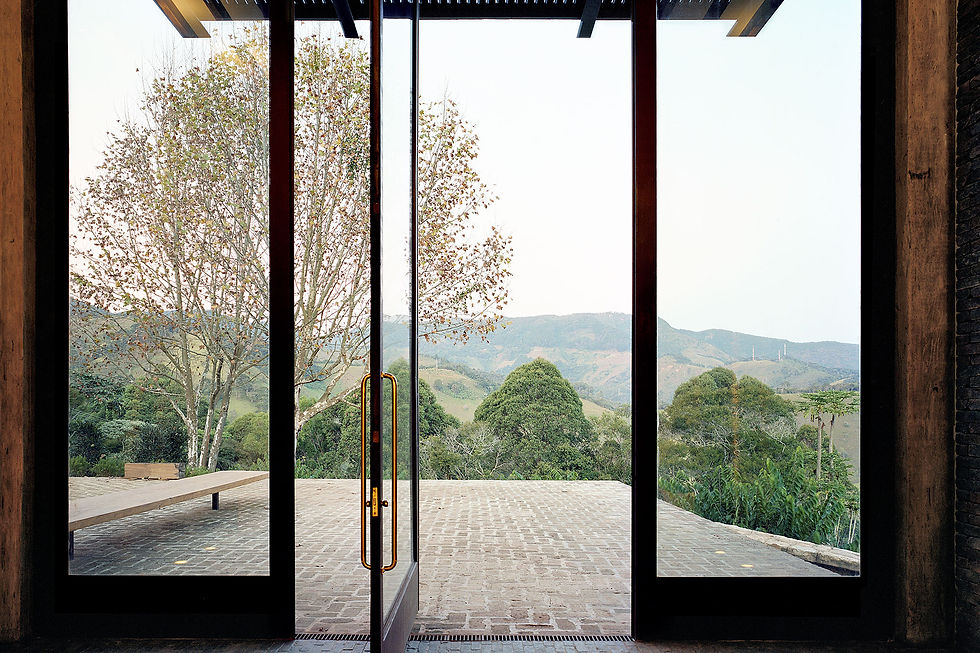


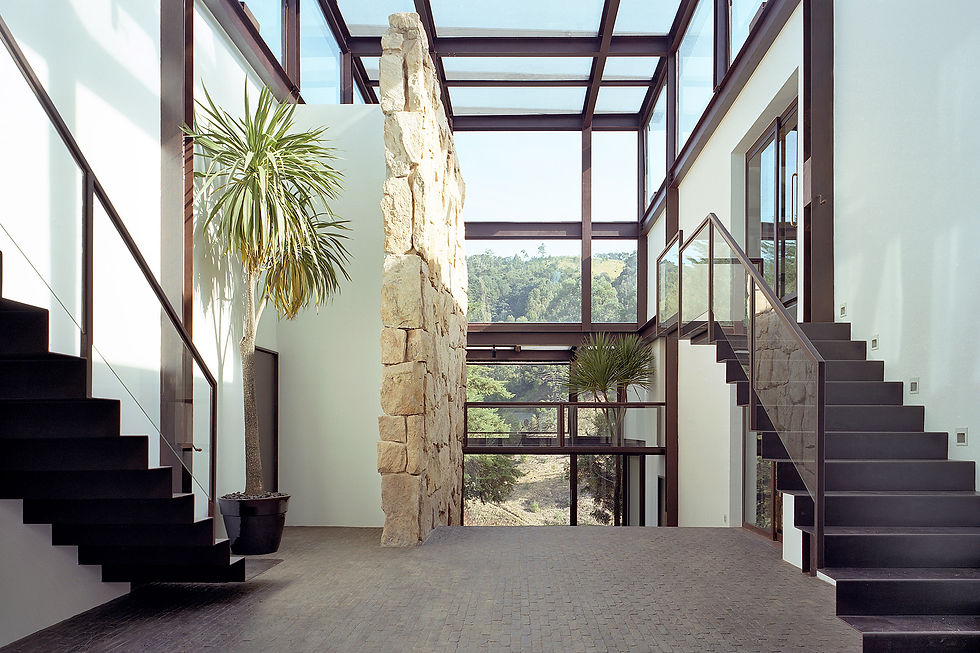
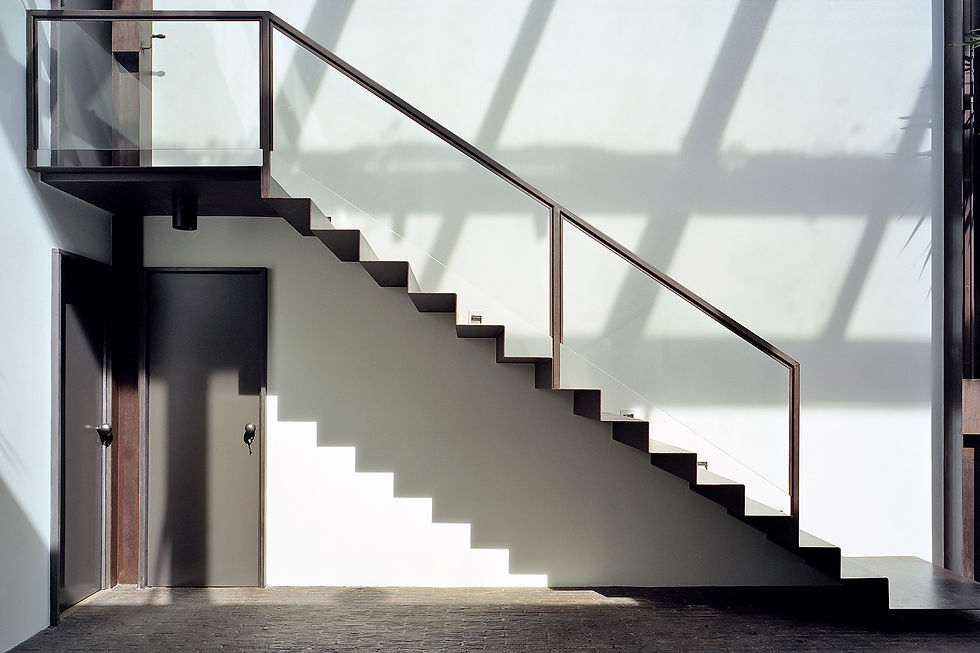
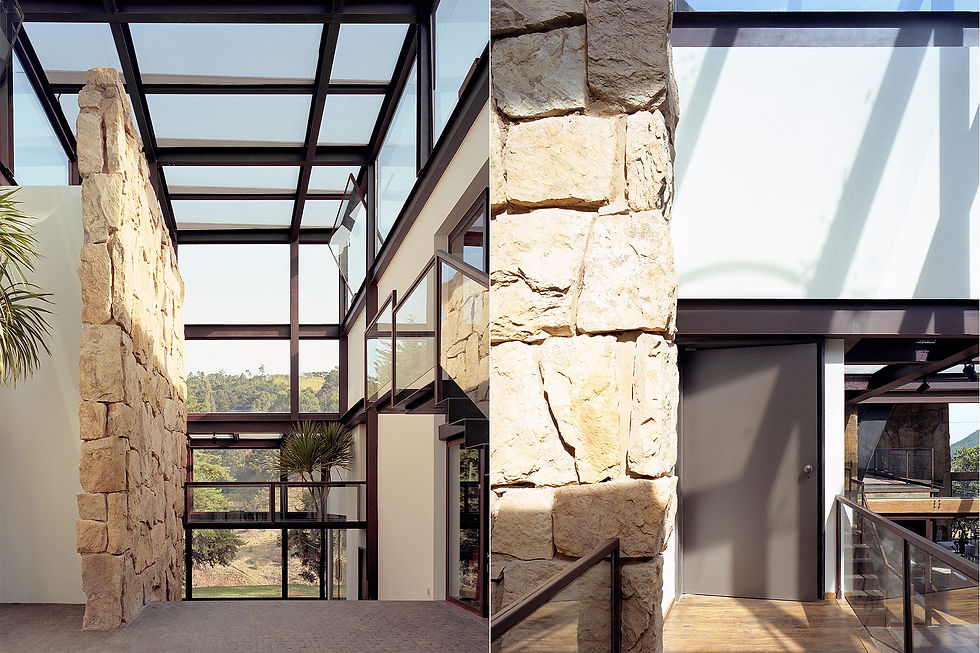
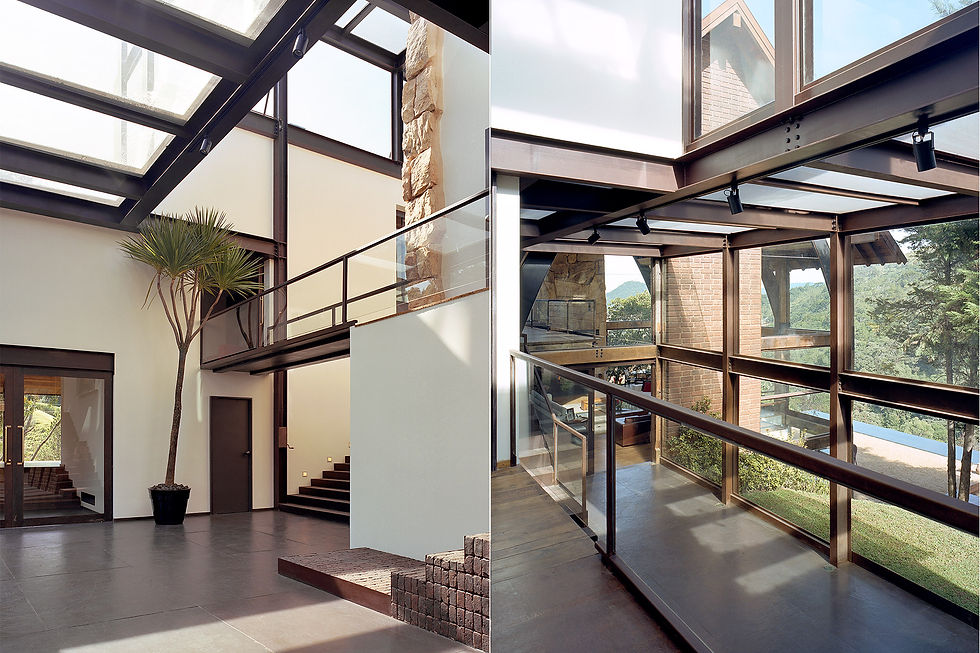
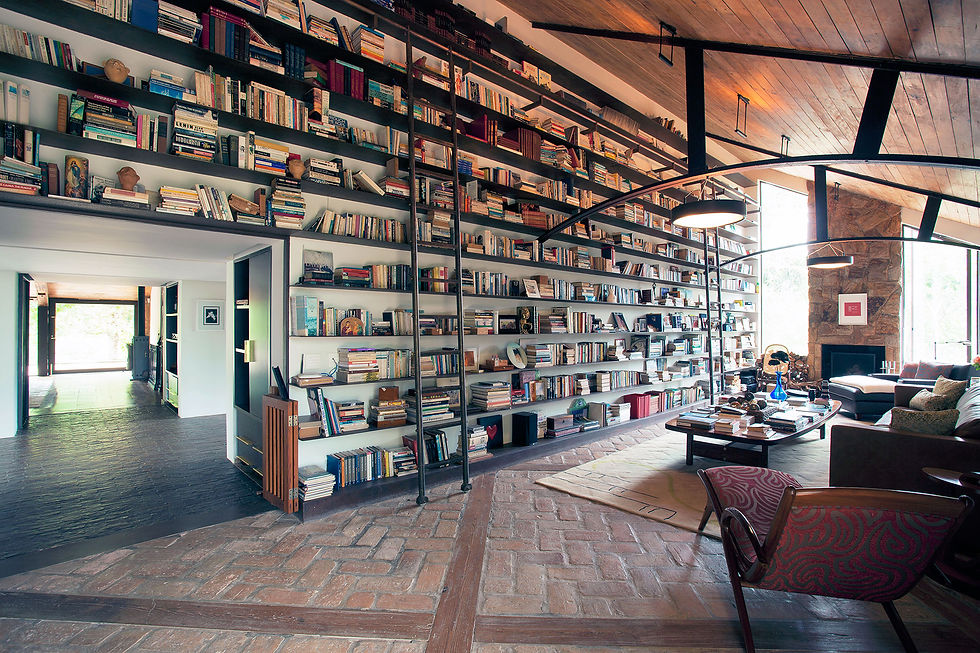


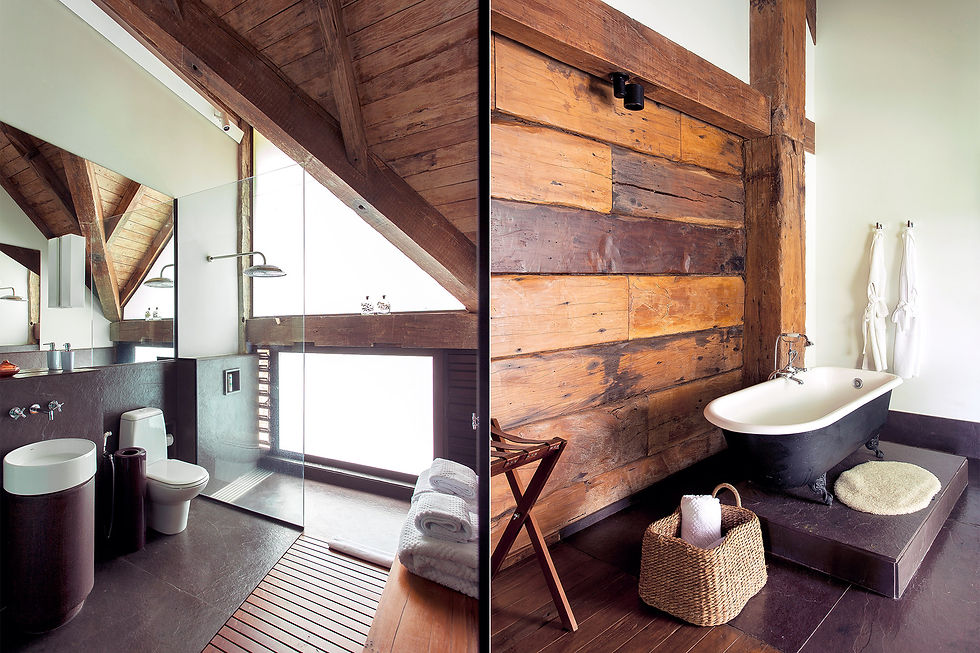
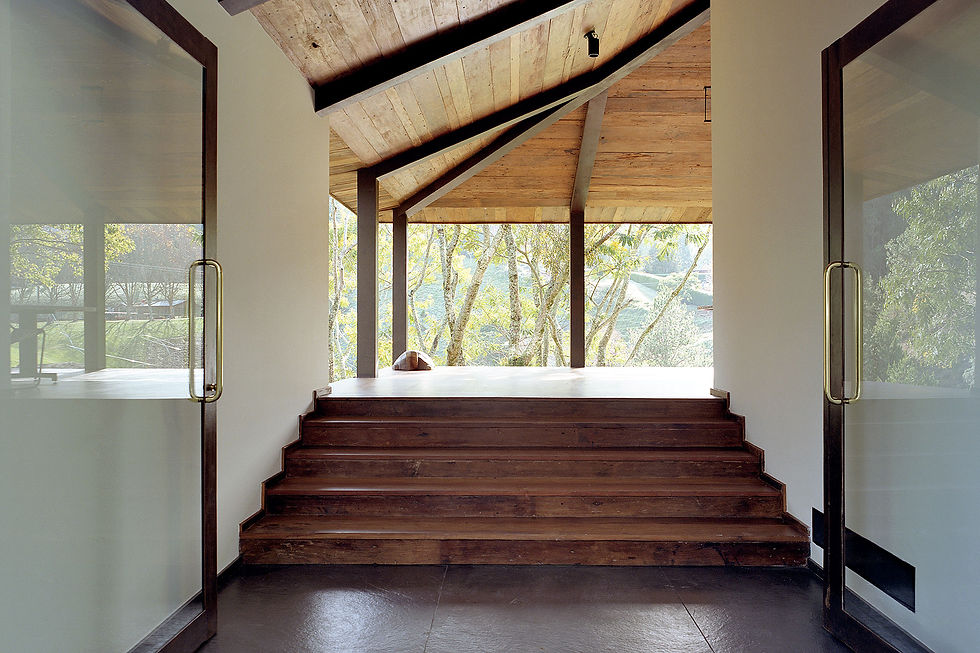
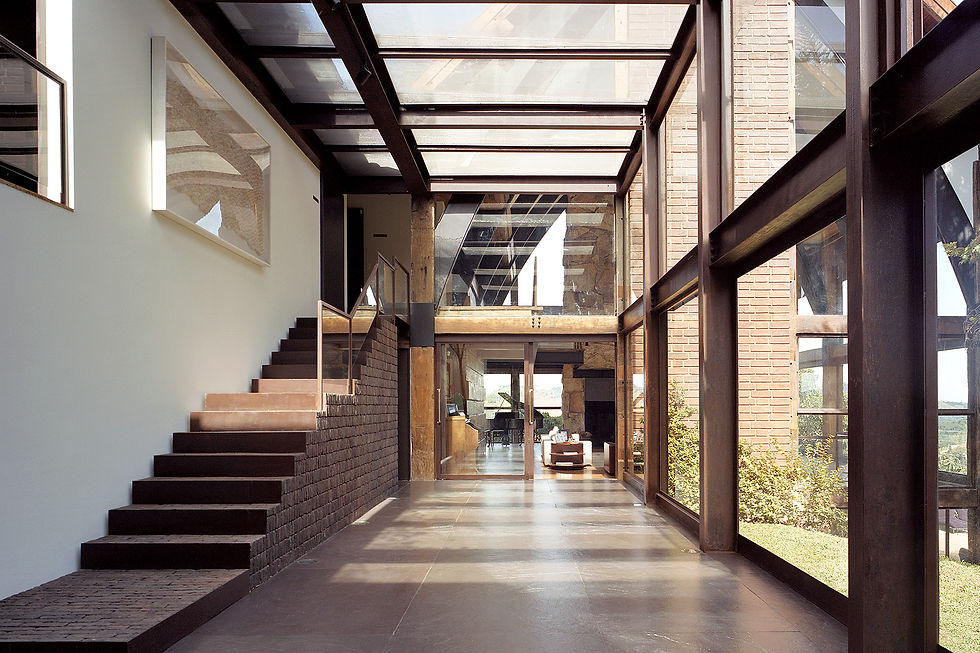
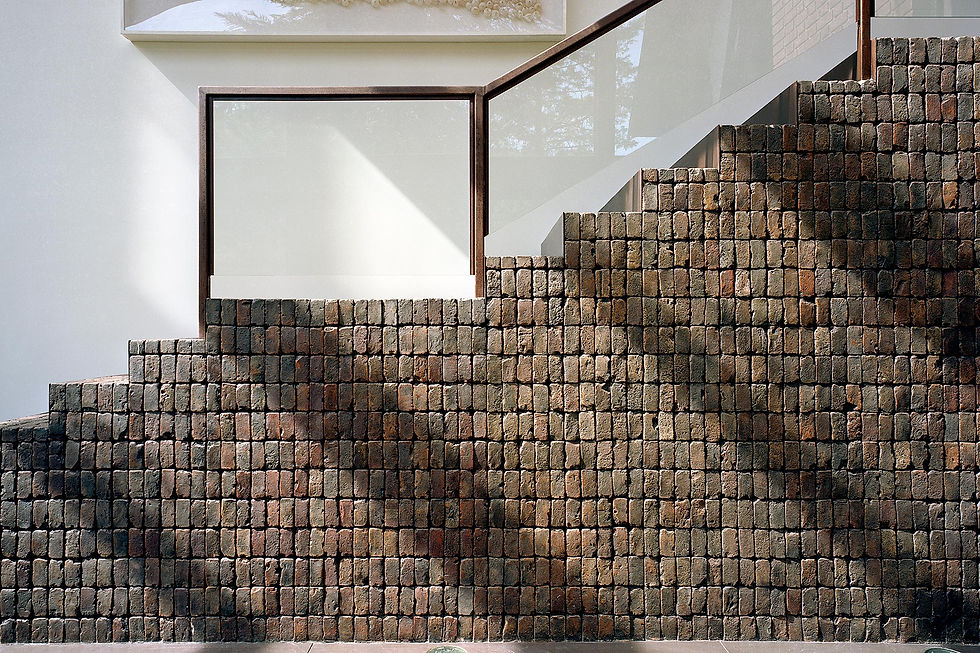

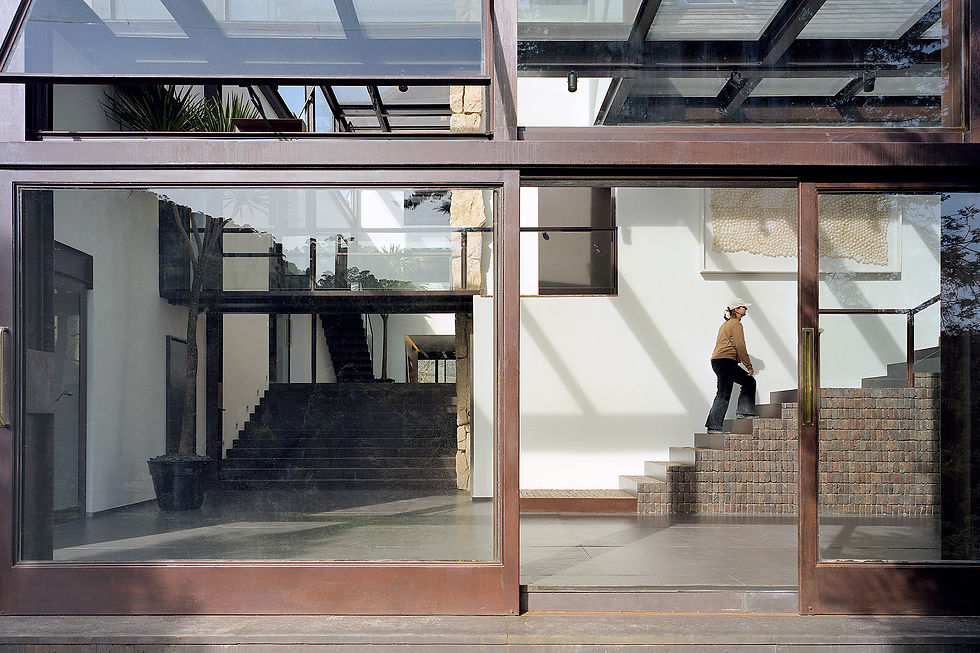
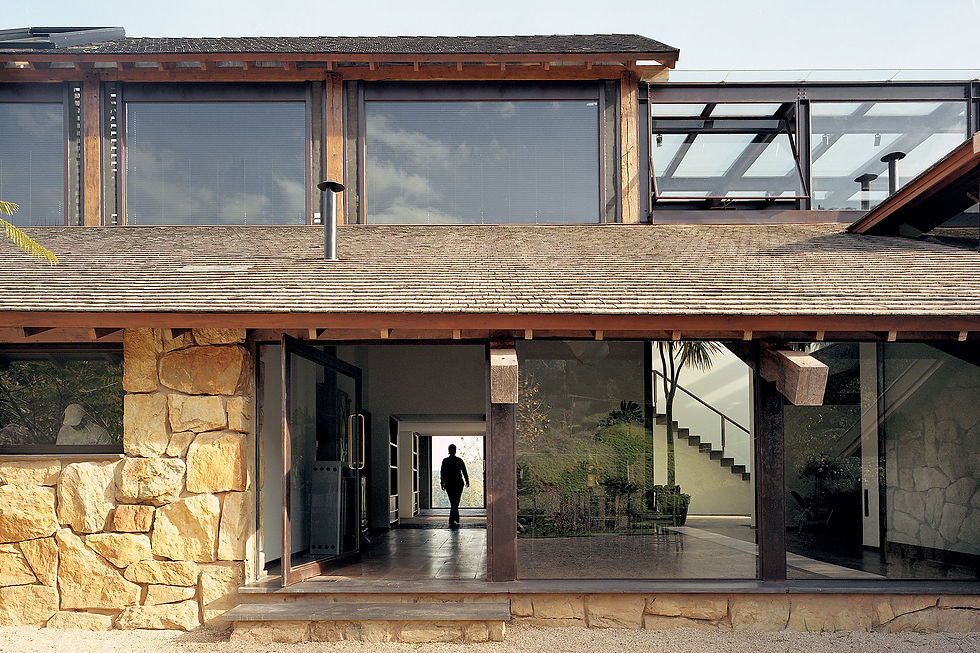

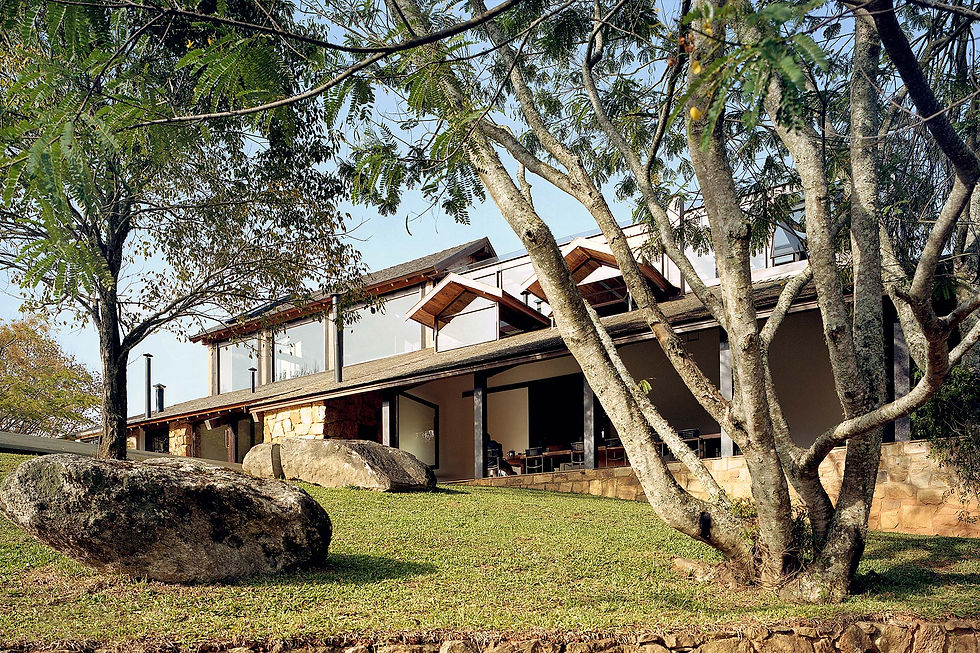
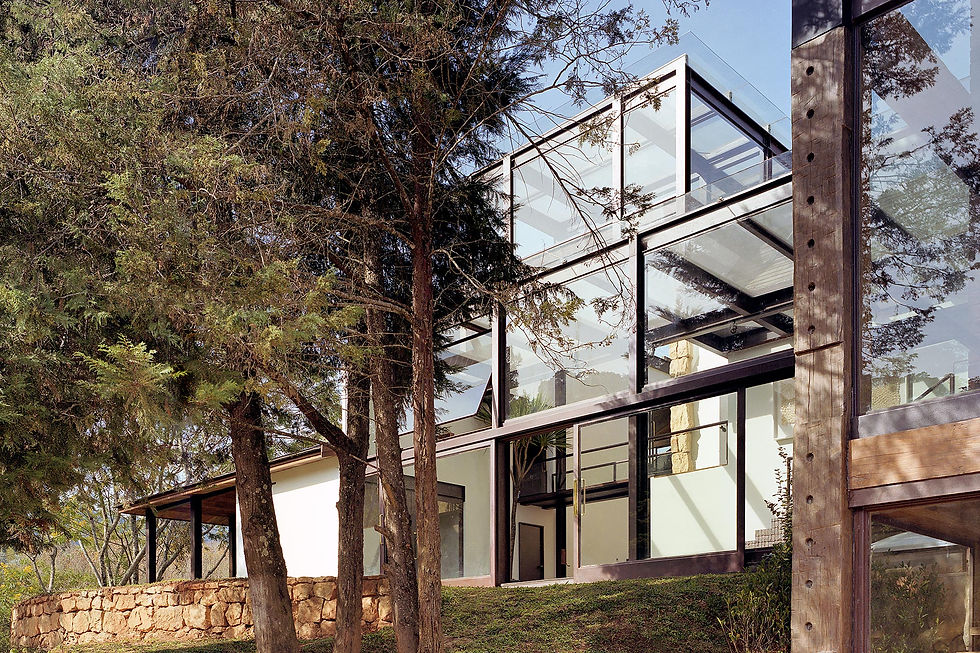
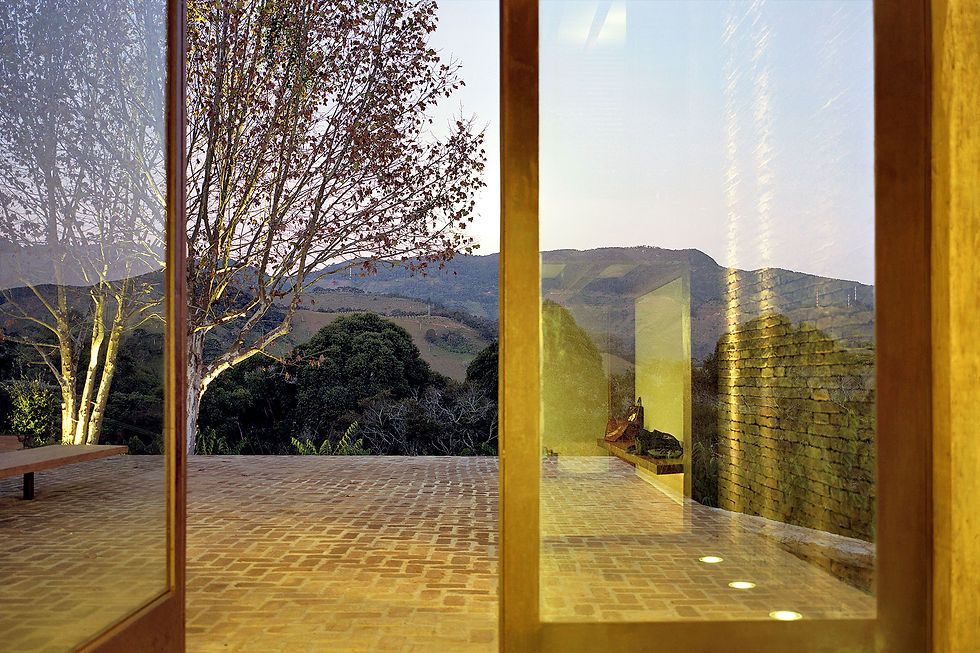


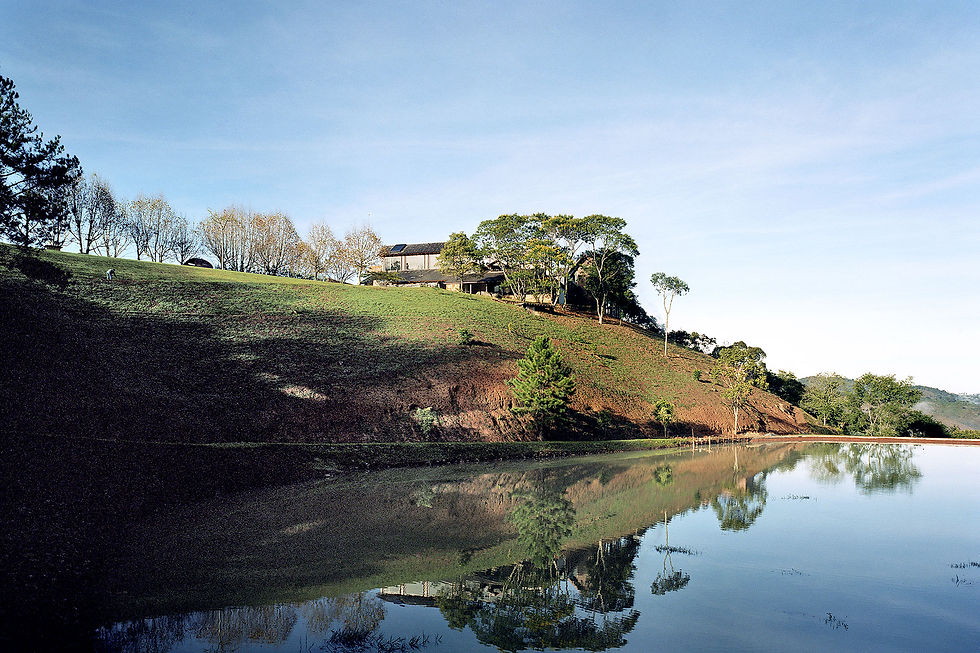
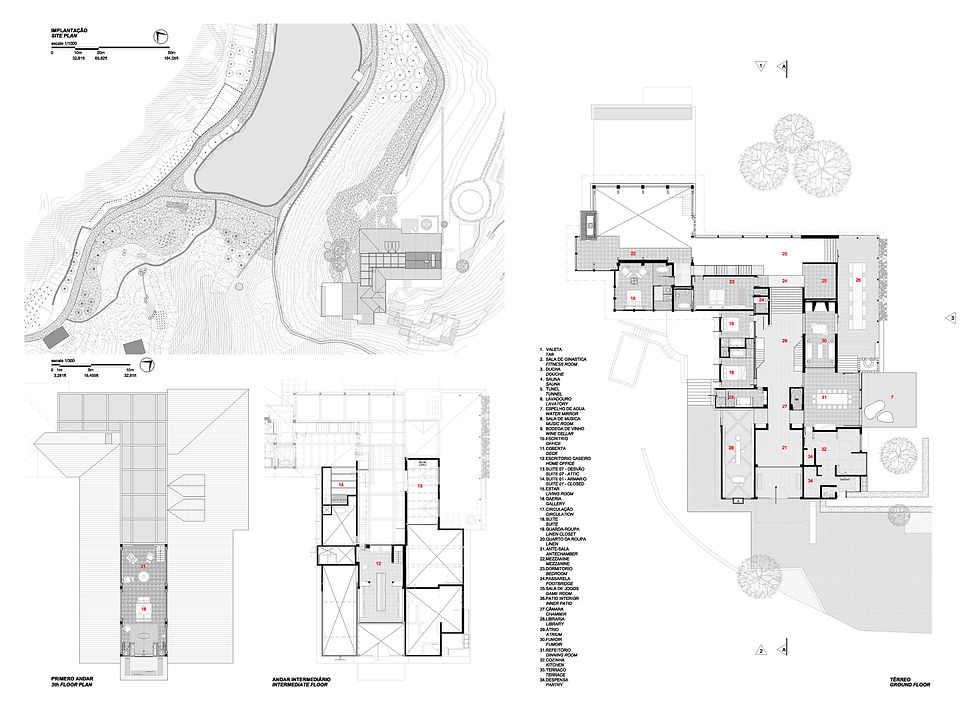
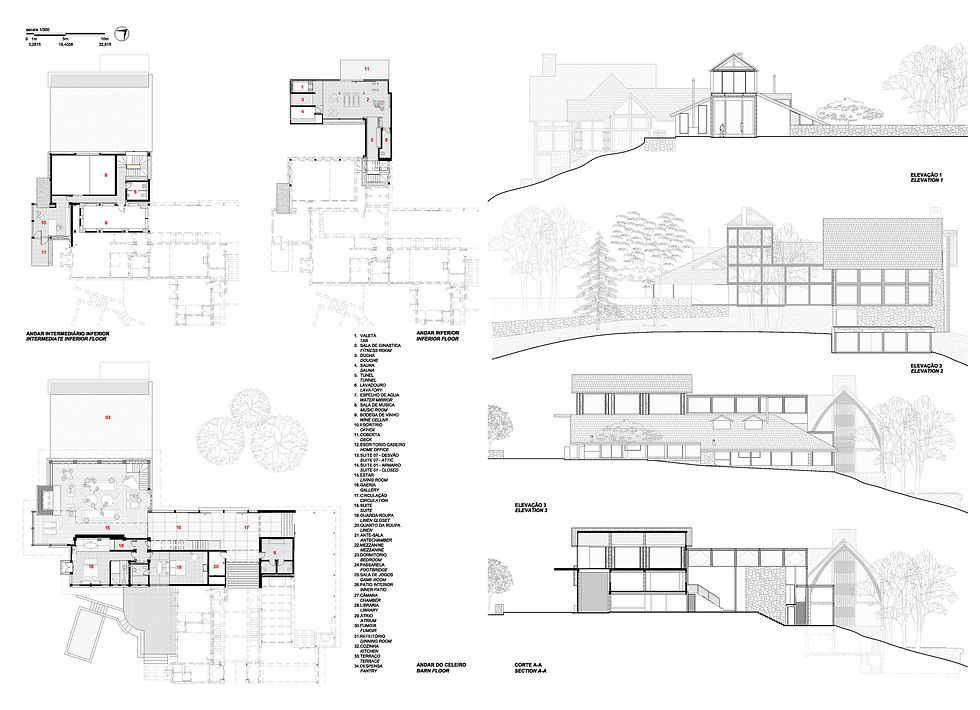
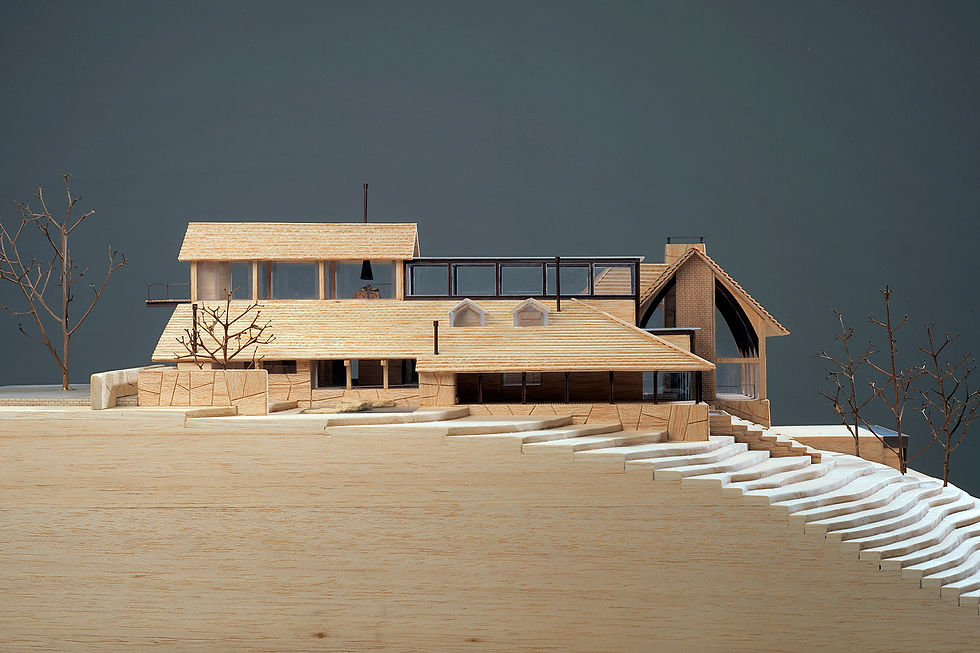
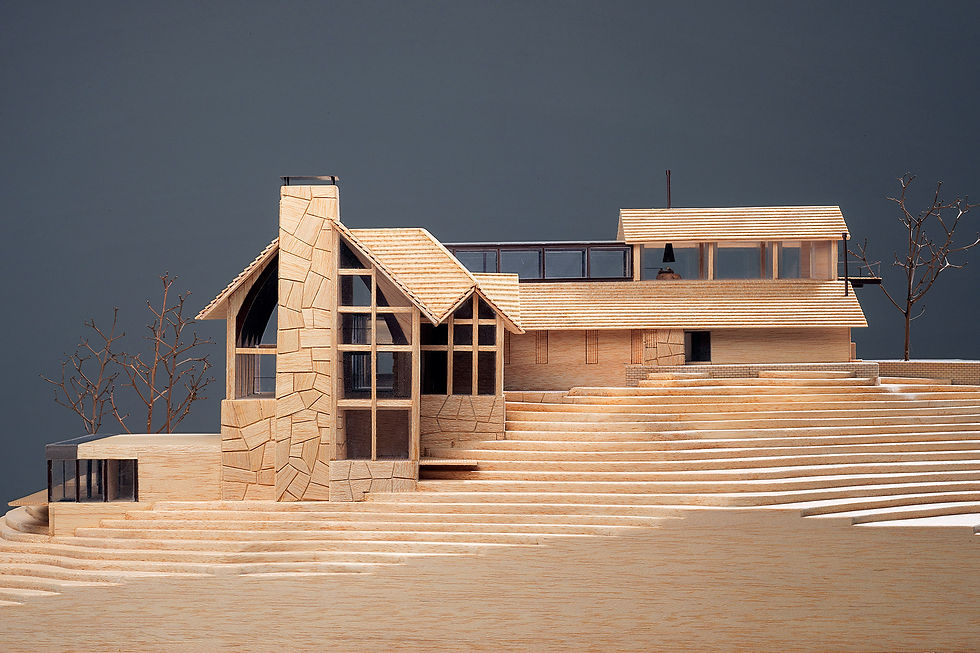
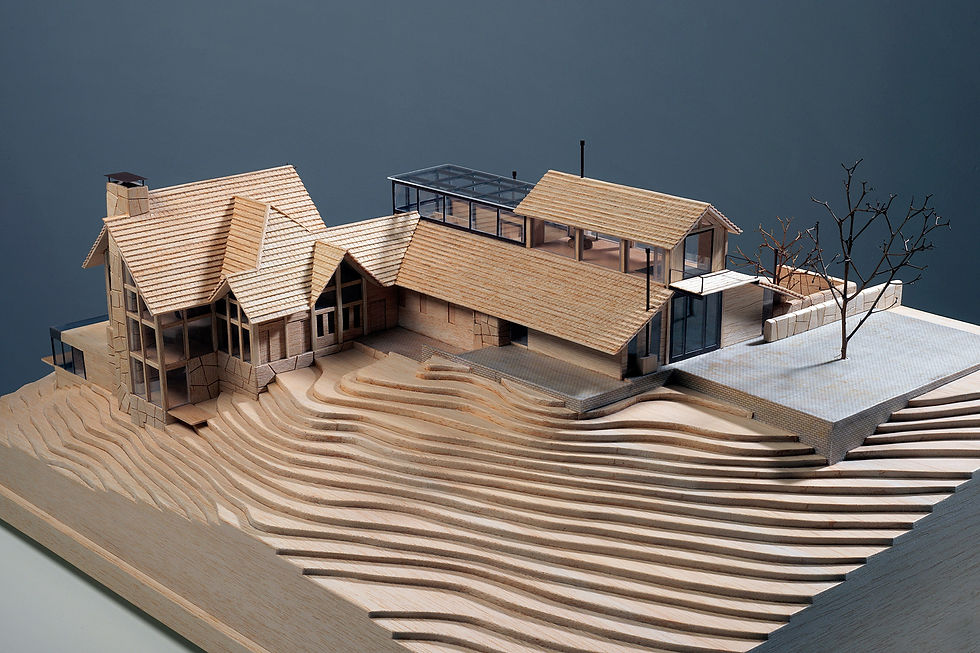
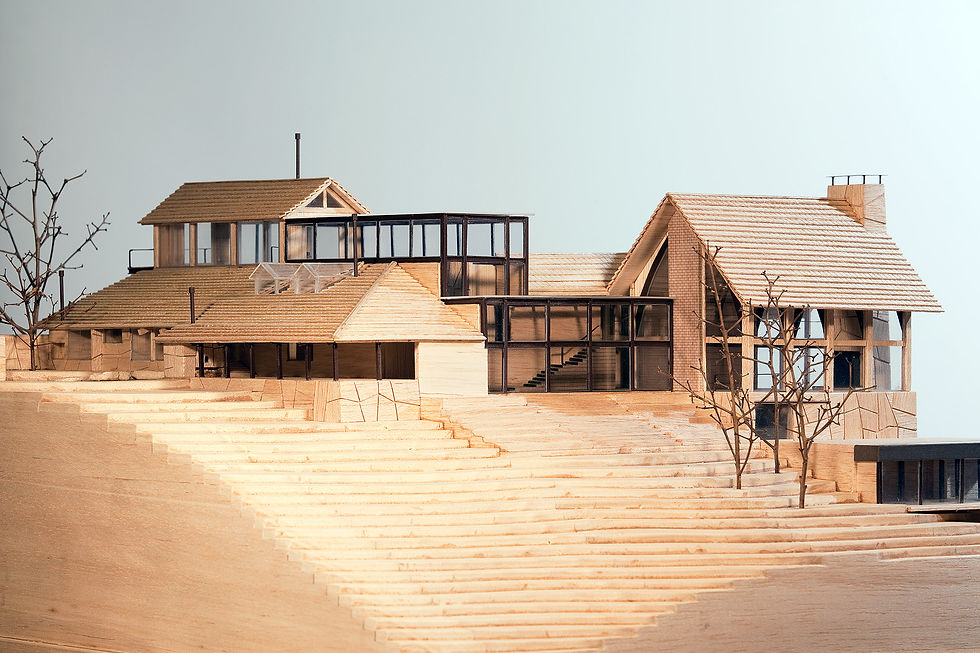
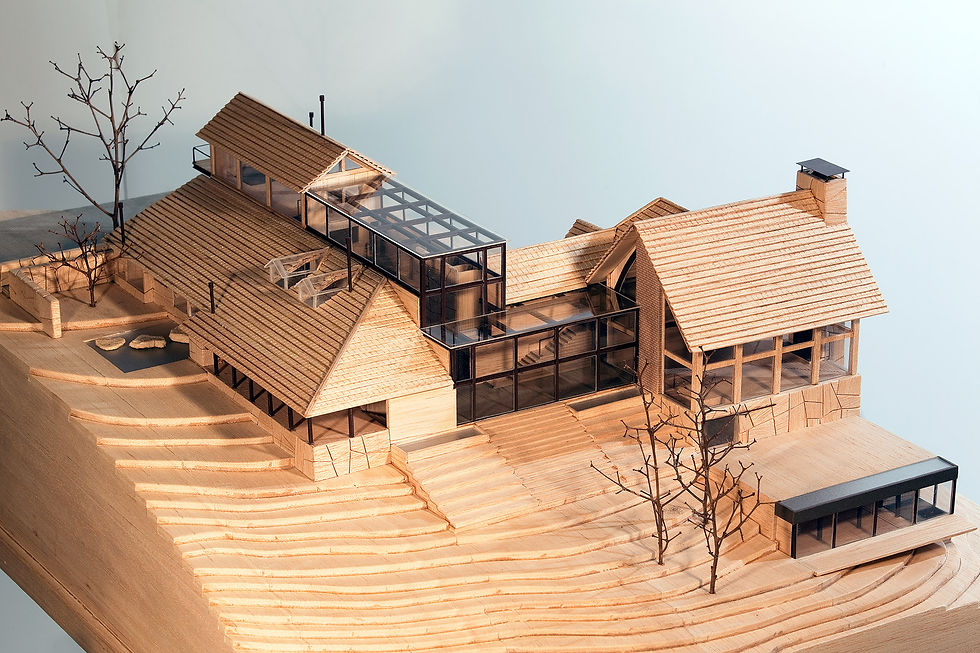




PIX HOUSE
CASA PIX Campos de Jordão, São Paulo, Brasil - 2010 -
fotógrafos / photographers: CRISTIANO MASCARO e TUCA REINÉS
maquete / model: LUIZ LANZUOLO
fotógrafo maquete / model photographer: RÔMULO FIALDINI
Publicações / Press
Archello.com
Architizer.com
Archidust
Arquitetura&Construção out'10
Dwell
Marie Claire jun'14
Marie Claire online
STODOŁA.pl
Prêmios / Awards
AAP The American Architecture Prize
Firm of the Year 2017 - Residential Interior Design category (shortlisted)

Trata-se de intervenção arquitetônica em instalações para moradia unifamiliar.
A decisão de não demolir o existente surgiu da inspiração inicial de criação do pátio interno, da conveniência de não produzir entulho e, por solicitação do proprietário, de preservar memória e identidade local.
Partimos, então, em busca de alinhamentos coincidentes, que nos permitissem unir os dois edifícios isolados e transformar o conjunto em uma unidade.
Apropriamo-nos do pátio, fenda central, que cobrimos por grandes panos de vidro sustentados por colunas e vigas de aço, independentes das frágeis paredes existentes, e, como um hiato arquitetônico, invadimos e vestimos esse vazio ao longo dos edifícios, buscando assim juntá-los.
Com isso, geramos a união dos blocos, de forma a gozar da luminosidade tropical do situ e permitir a invasão da área externa e sua cena mutante.
Tratamos os espaços adjacentes, definimos ala de suítes, e ala de cozinha, jantar, fumoir e terraço; nas cabeceiras, salão e suíte principal, com vista panorâmica de 360º.
Os vestígios da casa e de suas relações humanas e vidas anteriores impuseram, à nova instalação, adaptações que lhe conferiram um ritmo singular, realizadas como átrio e câmara, construídos com vigas e pilares de madeira de demolição, e suas marcas e memória preservadas, e finalmente o grande pátio em aço e vidro, travessia pela qual se cruza de um bloco ao outro.
Para esta travessia, a lembrar uma rua, ou souck e seus endereços, especificamos calçamento em tijolo de demolição.
A frustração inicial, ao deparar com a frágil casa original, foi dando lugar ao entusiasmo da descoberta de possibilidades e resultados singulares, provenientes das adversidades que nos provocaram, com suas facetas e influências multiculturais.
Escadas e passarelas, ora em chapas de aço plissadas, ora como resultado de empilhamento de tijolos, são oportunidades bem percebidas de gerar plasticidade por meio da arquitetura.
This project is an architectural intervention done on a single-family house.
At the request of the client, the existing house and the local architectural memory and identity should be preserved in order to avoid unnecessary construction waste.
Therefore, we went on a search for coincident alignments that would allow us to unify the isolate buildings and transform them into a unit. We took over the central patio void, which we covered in large glass sheets supported by steel columns and beams forming a freestanding structure, independent from the existing fragile walls, and as an architectural hiatus, we invaded and dressed this void with the purpose of joining the buildings.
As a result, we unified the two volumes in a way that allowed the tropical sunlight to take over the surrounding outdoor area and its mutating situation.
Traces of the existing house and its human lives and the relations that were part of that house gave the new installation a singular rhythm, creating a pattern of atrium, chamber and patio with different ceiling heights.
The initial frustration once we approached the original house was substituted by an enthusiasm embedded on discovering new possibilities and unique results derived from adversities emerged from multicultural facets and influences.
Stairs and walkways alternate between pleated steel boards and stacked bricks are an opportunity to create plasticity through architecture.